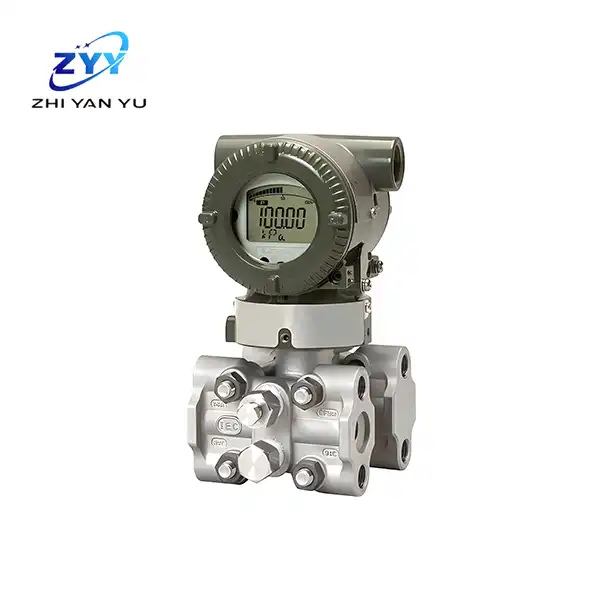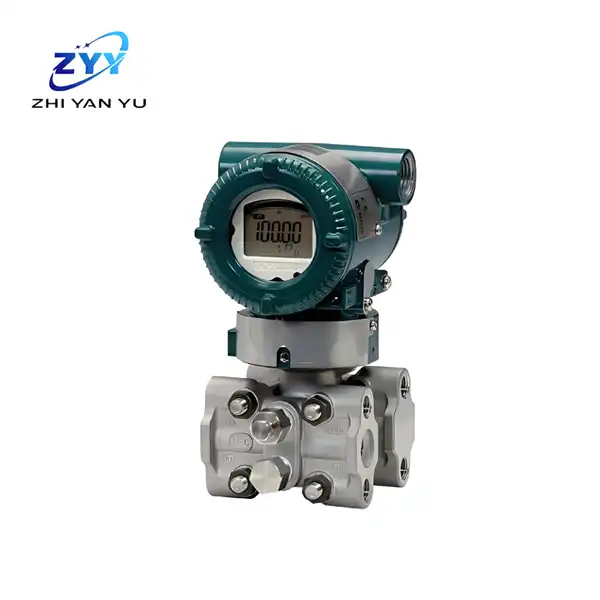- English
- French
- German
- Portuguese
- Spanish
- Russian
- Japanese
- Korean
- Arabic
- Greek
- German
- Turkish
- Italian
- Danish
- Romanian
- Indonesian
- Czech
- Afrikaans
- Swedish
- Polish
- Basque
- Catalan
- Esperanto
- Hindi
- Lao
- Albanian
- Amharic
- Armenian
- Azerbaijani
- Belarusian
- Bengali
- Bosnian
- Bulgarian
- Cebuano
- Chichewa
- Corsican
- Croatian
- Dutch
- Estonian
- Filipino
- Finnish
- Frisian
- Galician
- Georgian
- Gujarati
- Haitian
- Hausa
- Hawaiian
- Hebrew
- Hmong
- Hungarian
- Icelandic
- Igbo
- Javanese
- Kannada
- Kazakh
- Khmer
- Kurdish
- Kyrgyz
- Latin
- Latvian
- Lithuanian
- Luxembou..
- Macedonian
- Malagasy
- Malay
- Malayalam
- Maltese
- Maori
- Marathi
- Mongolian
- Burmese
- Nepali
- Norwegian
- Pashto
- Persian
- Punjabi
- Serbian
- Sesotho
- Sinhala
- Slovak
- Slovenian
- Somali
- Samoan
- Scots Gaelic
- Shona
- Sindhi
- Sundanese
- Swahili
- Tajik
- Tamil
- Telugu
- Thai
- Ukrainian
- Urdu
- Uzbek
- Vietnamese
- Welsh
- Xhosa
- Yiddish
- Yoruba
- Zulu
How Do You Calibrate the Yokogawa EJA310E?
2024-08-09 10:53:59
Calibration of the Yokogawa Eja310e is a critical process to ensure accurate and reliable pressure measurements in various industrial applications. Proper calibration maintains the instrument's performance, enhances process control, and reduces operational risks. This guide will walk you through the steps required to calibrate the EJA310E Yokogawa, highlighting key aspects and best practices to achieve optimal results.
Understanding Calibration
Before diving into the calibration process, it's essential to understand what calibration entails and why it is crucial for pressure transmitters like the Yokogawa Eja310e.
What is Calibration?
Calibration is the process of configuring an instrument to provide accurate measurements by comparing its output to a known standard. For pressure transmitters, this involves adjusting the device to ensure its readings align with the actual pressure values.
Why is Calibration Important?
Regular calibration ensures that the Yokogawa EJA310E provides precise measurements, which is vital for maintaining process control, ensuring product quality, and complying with industry standards. Calibration helps identify and correct any deviations, preventing potential issues that could arise from inaccurate readings.
Preparing for Calibration
Preparation is key to successful calibration. This section covers the necessary steps to prepare the Yokogawa EJA310E for the calibration process.
Gather Necessary Equipment To calibrate the EJA310E, you will need specific equipment, including:
· A high-precision pressure standard (e.g., a deadweight tester or a high-accuracy pressure calibrator)
· A power supply to power the transmitter
· Calibration software or tools compatible with the EJA310E
· Documentation, including the transmitter’s manual and calibration records
Ensure a Stable Environment Performing calibration in a stable environment is crucial for accuracy. Ensure the calibration area is free from temperature fluctuations, vibrations, and other external factors that could affect the readings.
Check the Transmitter’s Condition Inspect the Yokogawa Eja310e for any signs of damage or wear. Ensure all connections are secure and that the transmitter is clean and free from contaminants. Address any issues before proceeding with calibration.
Step-by-Step Calibration Process
With the preparation complete, follow these steps to calibrate the Yokogawa EJA310E accurately.
Set Up the Calibration Equipment
Begin by connecting the Yokogawa EJA310E to the pressure standard and power supply, ensuring all connections are secure. Check that the equipment is functioning correctly, and if you're using calibration software, connect it to the transmitter to verify communication. Proper setup is crucial for accurate calibration, so take your time to ensure everything is ready.
Apply Zero Pressure
Start the calibration by applying zero pressure, which typically corresponds to atmospheric pressure, to the transmitter. This step serves as the baseline for the entire calibration process. Verify that the transmitter reads zero pressure accurately; if discrepancies are observed, adjust the transmitter accordingly. Ensuring an accurate baseline reading is vital, as it influences the precision of subsequent calibration steps. This initial adjustment guarantees that the transmitter is properly set up before proceeding with further measurements.
Apply Known Pressure Values
Gradually apply known pressure values to the transmitter using the pressure standard, covering various points across the transmitter's range, such as 0%, 25%, 50%, 75%, and 100% of the full-scale range. At each point, record the transmitter's output. This step involves verifying the accuracy of the transmitter across its entire operating range. By checking multiple points, you can ensure that the transmitter provides consistent and reliable readings, which is essential for its proper functioning in real-world applications.
Compare Readings and Adjust
After recording the transmitter's output at each pressure point, compare these readings with the known pressure values provided by the standard. If you find any discrepancies, adjust the transmitter's settings to align its output with the standard values. Most calibration tools and software offer features that simplify these adjustments, making it easier to fine-tune the transmitter. This step ensures that the transmitter is correctly calibrated, providing accurate readings that match the expected values.
Verify Linear Output
Once adjustments are made, verify that the transmitter provides a linear output across the entire pressure range. Reapply the pressure values and confirm that the transmitter's readings are accurate and consistent with the known values. This verification step is critical to ensuring that the calibration is not only accurate at specific points but also reliable throughout the full range of operation. A linear output confirms that the transmitter will perform accurately under varying conditions.
Document the Calibration
After completing the calibration process, thoroughly document all calibration data, including the pressure values applied, the transmitter's output at each point, and any adjustments made during the process. Maintaining detailed calibration records is essential for future reference, ensuring compliance with industry standards, and supporting quality assurance. Proper documentation provides traceability and accountability, which are critical in industrial settings where calibration accuracy directly impacts operational safety and efficiency.
Best Practices for Calibration
Adhering to best practices during calibration ensures the reliability and accuracy of the Yokogawa Eja310e.
Regular Calibration Schedule Implement a regular calibration schedule based on the transmitter's usage and criticality. Regular calibration helps maintain accuracy and detect any drift or deviations over time.
Use High-Quality Calibration Equipment Invest in high-quality calibration equipment and ensure it is regularly calibrated and maintained. Accurate standards are crucial for reliable calibration results.
Trained Personnel Ensure that calibration is performed by trained personnel who understand the procedures and best practices. Proper training minimizes errors and ensures the calibration process is carried out correctly.
Environmental Control Maintain a stable calibration environment to reduce external factors that could affect accuracy. Control temperature, humidity, and vibrations to ensure consistent and reliable results.
Conclusion
Calibrating the Yokogawa Eja310e is essential for maintaining accurate pressure measurements and ensuring optimal performance in various industrial applications. By following the steps outlined in this guide and adhering to best practices, you can achieve precise and reliable calibration results. Regular calibration not only enhances process control and product quality but also ensures compliance with industry standards.
If you want to get more information about this product, you can contact us at lm@zyyinstrument.com.
References
1. Yokogawa EJA310E Product Manual.
2. "Pressure Measurement and Calibration" by David W. Spitzer.
3. International Society of Automation (ISA) Standards.
4. "Instrumentation and Control Systems" by William Bolton.
5. Industry Best Practices for Pressure Measurement and Calibration.
6. Yokogawa Calibration Software Documentation.
YOU MAY LIKE

Yokogawa Eja310e
View More
Yokogawa Eja430e
Suitable for measuring liquid, gas or steam pressure.
Output 4~20mA DC current signal.
Fast response, remote setup and monitoring.
Diagnostic function to detect blockage of the pressure pipeline or abnormality of the heating system.
FF fieldbus type is available.
TÜV certified and meets SIL 2 safety requirements.
